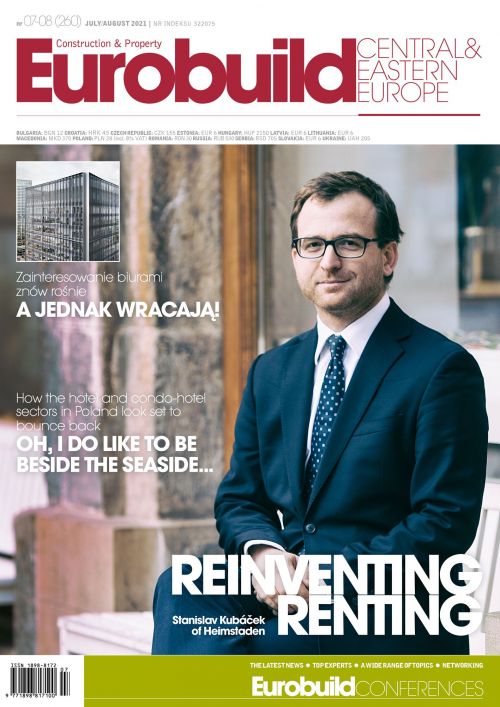At the end of the first quarter of the year, Polish property agents were all wearing rather long faces. As Tomasz Czuba, the head of office leasing and tenant representation at JLL, points out, over this period there were only 162 leasing transactions and only one of over 10,000 sqm. Renegotiations took a far larger share of the market than normal and the number of new leases slumped. “Over the last few years, we have only seen lower quarterly figures in 2009, during the financial crisis. For example, the 2,000 sqm recorded for such a big market as Łódź is way below the city’s potential,” he explains. The largest fall in demand could be seen in the regions, where it dropped by up to 55 pct y-o-y. In Warsaw, the demand in the first quarter fell by 20 pct y-o-y, which means that across the country it was down by around 40 pct.
Tomasz Czuba of JLL
Green shoots of recovery
Nonetheless, it looks as if the worst of this is now behind us. “Since March we&rsqu































































